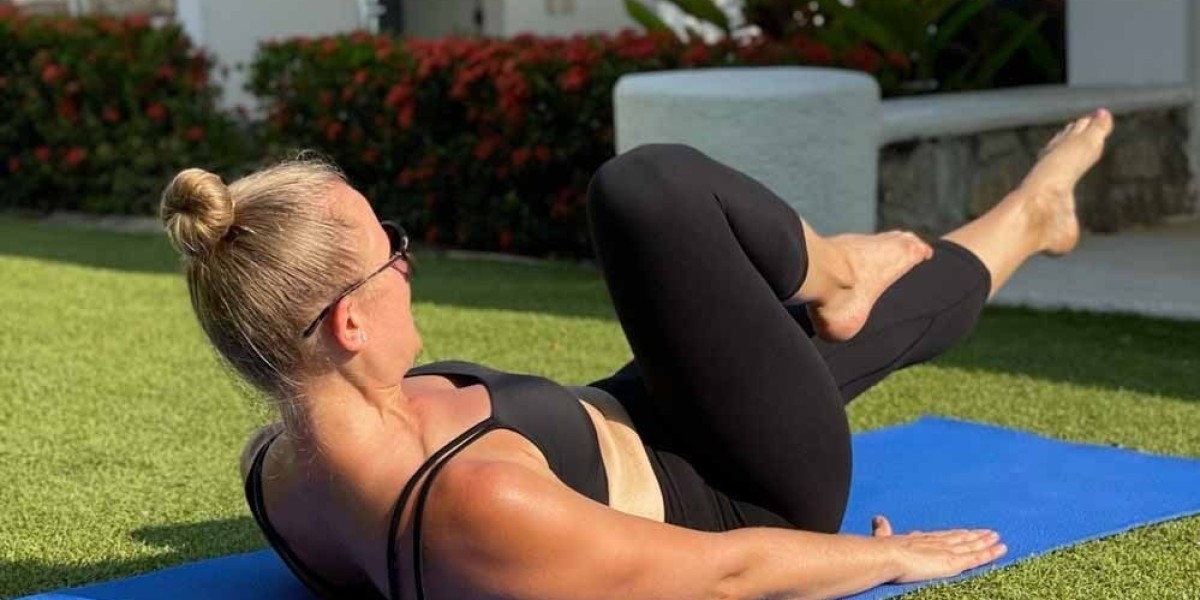As the sands of time bring about changes in our bodies, one aspect that often takes center stage is our posture. Age-related postural changes can impact our overall well-being and quality of life. However, there's a proactive and transformative approach that has gained widespread recognition for its ability to counteract these changes – Pilates. This holistic exercise method not only keeps bodies strong and supple as we age but also plays a significant role in maintaining an upright and balanced posture. Choose Rebellious Studios in case you are looking for the best posture training program.
Understanding Age-Related Postural Changes
With age, our bodies undergo a natural process of change. Over time, the effects of gravity, joint wear and tear, and muscle imbalances can lead to shifts in posture. Rounded shoulders, forward head tilt, and a more pronounced curve in the upper back are common postural deviations seen in older adults. These changes aren't just aesthetic; they can also contribute to discomfort, pain, and a reduced ability to move freely.
Pilates: The Fountain of Posture Youth
Enter Pilates – a method that transcends generations and defies the notion that age is a barrier to maintaining a strong, flexible, and aligned body. What sets Pilates apart is its focus on building core strength, enhancing flexibility, and promoting body awareness – three key components that address age-related postural changes with exceptional efficacy.
Core Strength for Upright Living
A strong core forms the foundation of good posture. Pilates places a paramount emphasis on core engagement, training deep muscles that support the spine and maintain stability. As we age, these muscles can weaken, leading to postural imbalances. Pilates exercises like the Hundred, where the core is actively engaged, and the Plank, which builds abdominal strength, target these essential muscles. Strengthening the core not only aids in maintaining an upright posture but also contributes to better balance and overall mobility.
Flexibility to Counteract Compression
Age can bring a loss of flexibility as joints become stiffer and muscles tighten. This can contribute to a rounded upper back and limited range of motion. Pilates is a potent antidote, offering exercises that promote spinal mobility and release tension. The Cat-Cow stretch, often incorporated in Pilates routines, gently moves the spine through flexion and extension, combating stiffness. Additionally, exercises like the Saw and Spine Twist enhance spinal rotation, fostering a supple and elongated spine that is crucial for maintaining proper posture.
Body Awareness and Mindful Movement
Pilates is renowned for its mindfulness approach to movement. Practitioners are encouraged to engage their minds as they move their bodies, creating a profound connection between physical sensations and mental focus. This heightened body awareness is pivotal in addressing age-related postural changes. Through Pilates, individuals become more attuned to their body's alignment, making conscious adjustments that prevent the development of poor posture habits.
Balanced Muscle Development
Age-related postural changes can result from muscle imbalances, where certain muscles become overactive while others weaken. Pilates takes a holistic approach by promoting balanced muscle development. The method ensures that both large and small muscle groups are targeted, preventing overuse of certain muscles and creating harmony in movement. As a result, Pilates practitioners experience improved posture that is both aligned and aesthetically pleasing.
Creating Long-Term Habits
Pilates is not a quick fix; it's a lifestyle that promotes a lifelong stance of optimal posture. The principles learned in Pilates sessions extend beyond the studio, encouraging individuals to carry their body awareness and alignment into everyday life. Whether it's sitting at a desk, walking, or lifting objects, the principles instilled by Pilates become an integral part of how one moves and holds their body.
Aging Gracefully with Pilates
The beauty of Pilates lies in its adaptability to suit individuals of all ages. Pilates instructors are skilled at tailoring exercises to accommodate specific needs, whether it's managing arthritis, osteoporosis, or joint issues commonly associated with aging. The controlled and low-impact nature of Pilates minimizes strain on joints while promoting muscle strength, making it a safe and effective practice for seniors.
Conclusion: A Posture Revolution
As we navigate the journey of aging, maintaining an upright and balanced posture becomes more crucial than ever. Pilates stands as the best posture coaching program, a beacon of hope in this endeavor, offering a comprehensive approach that counters age-related postural changes with precision and effectiveness.








